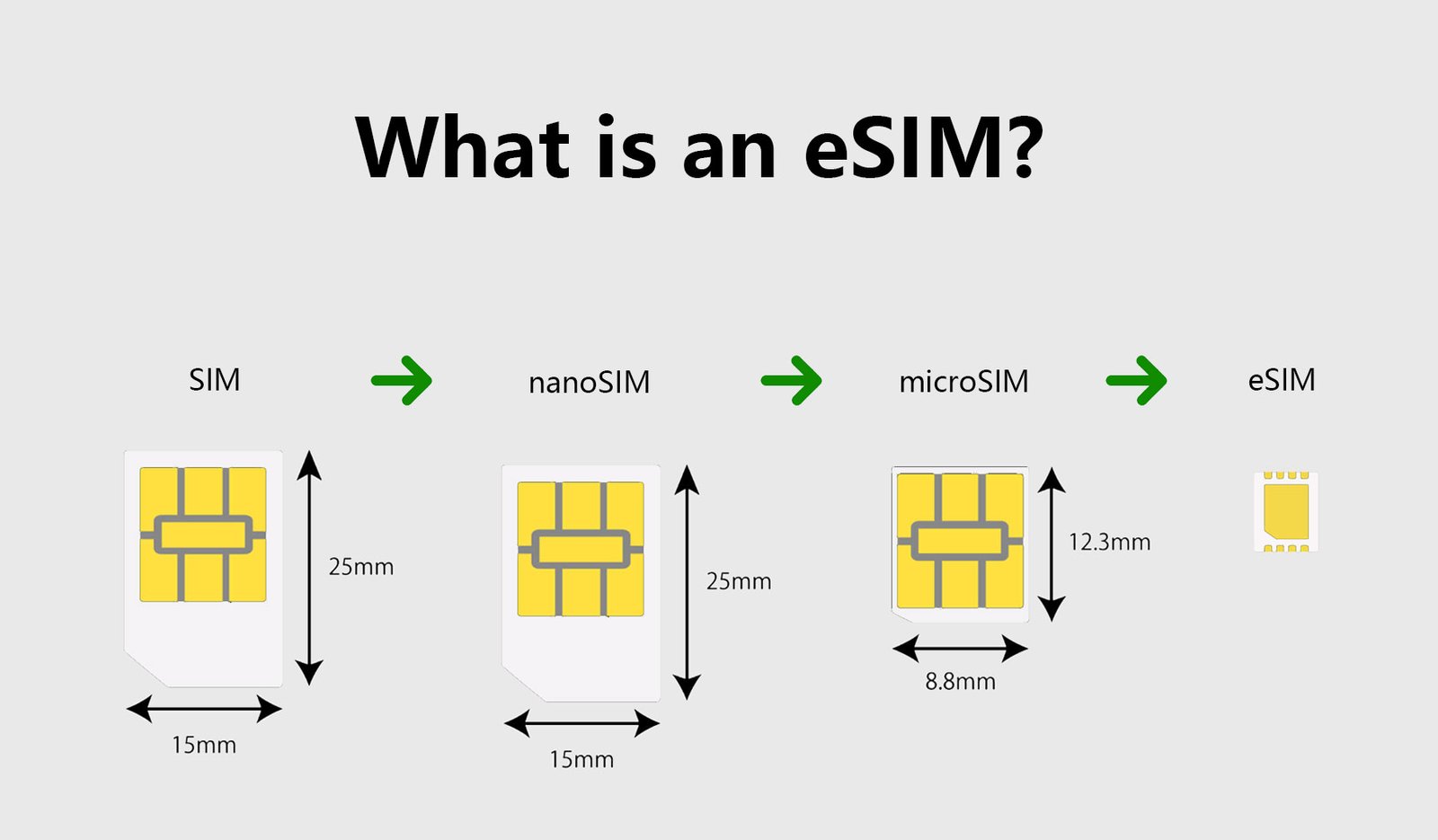In 2018, the Wi-Fi Alliance shook up the world of wireless connectivity by introducing a new naming convention for Wi-Fi standards, replacing the perplexing letter-based system. Enter Wi-Fi 6, also known as 802.11ax, heralding a new era in wireless networking technology. But what does this mean for you? Should you consider upgrading to Wi-Fi 6, and what advantages does it offer over its predecessors? In this article, we break down the key aspects of Wi-Fi 6 and help you decide if it’s time to make the switch.

Wi-Fi 6 and AX: Expanding Network Capacity: One of the primary objectives of Wi-Fi 6 is to alleviate network congestion and accommodate a growing number of devices. It achieves this through innovations like MU-MIMO (Multi-User, Multiple Input, Multiple Output) technology, which enables the simultaneous handling of multiple users and devices, akin to a fuel station with multiple pumps. Additionally, Wi-Fi 6 utilizes OFDMA (Orthogonal Frequency Division Multiple Access) and transmit beamforming to enhance efficiency and network capacity. These advancements ensure that your home network remains responsive even with a multitude of devices, from smartphones and laptops to smart TVs.
Enhancing Connectivity in Crowded Spaces: Wi-Fi 6 isn’t just about improving home networks; it’s also designed to excel in crowded environments like retail stores, apartment complexes, transportation hubs, and stadiums. This enhanced connectivity mirrors the benefits of 5G technology, enabling seamless connections during events and gatherings.
Enhanced Security with WPA3: Wi-Fi 6 introduces built-in support for the WPA3 security standard, making it significantly more challenging for unauthorized users to crack your Wi-Fi password, enhancing your network’s security.
Wi-Fi 6 and Smart Homes: Meeting the IoT Challenge: With the proliferation of smart home devices and the Internet of Things (IoT), it’s crucial for a new Wi-Fi standard to cater to these diverse devices. Wi-Fi 6 steps up to the task, offering features like 1024QAM to boost bandwidth for emerging use-cases and target wake time (TWT) technology to extend battery life in Wi-Fi-enabled devices and IoT clients. These improvements make Wi-Fi 6 an ideal choice for smart homes and IoT deployments.
Is It Time to Upgrade to Wi-Fi 6? The decision to upgrade to Wi-Fi 6 should be based on your specific needs. While Wi-Fi 6 theoretically supports speeds of up to 9.6Gbps, the actual speed you experience depends on your internet connection. If you have a gigabit internet connection or numerous connected devices, Wi-Fi 6 can significantly improve your network’s performance. However, if you have a slower connection, the benefits may be less pronounced.
Wi-Fi 6 vs. Ethernet: The Speed Dilemma: While Wi-Fi 6 offers impressive speeds, it still lags behind the reliability of Ethernet cables, particularly Category 6 cables, which can deliver a rock-solid gigabit connection over long distances. If you prioritize speed and stability, Ethernet remains the superior choice.
Is Wi-Fi 6 the New Standard? Wi-Fi 6 has gained widespread acceptance since its introduction, with most flagship smartphones and devices now offering support. However, some smart home products and older routers may not yet be Wi-Fi 6 compliant. To determine if you have a Wi-Fi 6 router, check the label or the make and model of your device.
What About Wi-Fi 6E? Wi-Fi 6E is the next iteration of Wi-Fi 6, featuring the 6GHz band for even greater capacity and reduced interference. While Wi-Fi 6E is becoming more common in flagship devices, you’ll need a compatible router to harness its full potential.
Conclusion: Wi-Fi 6 (802.11ax) represents a significant leap forward in wireless networking technology, offering enhanced network capacity, security, and support for smart homes and IoT devices. Whether you should upgrade to Wi-Fi 6 depends on your specific requirements, but it’s clear that this new standard is here to stay and will continue to shape the future of wireless connectivity.


